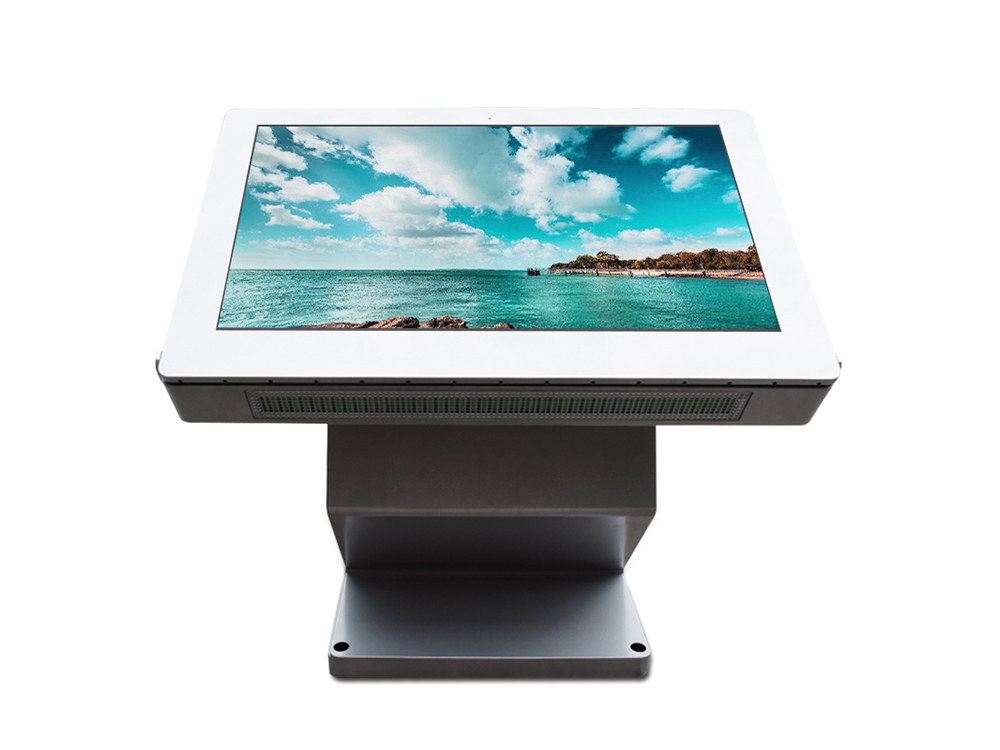Digital Signage for Aquariums and Zoos
In the realm of public attractions, aquariums and zoos hold a special place. They serve as bridges between humans and the natural world, offering unique opportunities for education, conservation awareness, and family entertainment. As these institutions strive to improve visitor experiences and convey important messages about biodiversity and environmental stewardship, they are increasingly turning to digital signage as a versatile and engaging tool.

Digital signage refers to the use of electronic displays, such as LCD, LED, or projection screens, to present information, advertisements, or entertainment content. In the context of aquariums and zoos, digital signage can be utilized in a multitude of ways, from providing real-time updates on animal feeding schedules to showcasing interactive educational exhibits. This technology not only enhances the aesthetic appeal of these facilities but also offers practical benefits that traditional static signs cannot match.
One of the primary advantages of digital signage in aquariums and zoos is its ability to deliver dynamic and up-to-date information. Unlike printed materials, which can quickly become outdated and require costly replacements, digital displays can be updated instantly. This is particularly useful for communicating changes in exhibit hours, special events, or even weather alerts. For instance, if an unexpected closure of a particular section due to maintenance or animal welfare concerns occurs, digital signs can immediately inform visitors, reducing confusion and disappointment.
Moreover, digital signage can significantly enhance the educational value of aquarium and zoo visits. Interactive displays can provide visitors with in-depth information about the animals on exhibit, including their habitats, diets, behaviors, and conservation statuses. These displays can be designed to cater to different age groups and learning styles, making the information accessible and engaging for everyone. For example, a touch-screen kiosk near a penguin exhibit might offer a quiz about penguin adaptations, a video of penguins in the wild, and facts about their declining populations and the efforts being made to protect them.
Another innovative application of digital signage is in wayfinding and navigation. Large aquariums and zoos can be overwhelming for first-time visitors, with numerous exhibits and pathways to explore. Digital maps and directories can guide visitors efficiently, highlighting current locations, popular attractions, and restroom or food service facilities. Some systems even offer personalized tour suggestions based on visitor preferences and available time. This not only improves the visitor experience but also helps to manage crowd flow and reduce congestion in popular areas.
Digital signage can also play a crucial role in promoting conservation messages and encouraging visitor engagement with environmental issues. Aquariums and zoos are often at the forefront of conservation efforts, working to protect endangered species and their habitats. Digital displays can showcase these initiatives, highlighting success stories, ongoing projects, and ways in which visitors can contribute. For instance, a series of screens could feature live streams from conservation projects in remote locations, demonstrating the impact of support and donations.
Furthermore, digital signage can enhance the overall atmosphere and thematic experience of aquariums and zoos. Immersive displays can transport visitors to different ecosystems, setting the scene for the exhibits ahead. For example, as visitors enter a rainforest-themed area, large video walls could display vibrant footage of rainforest wildlife, accompanied by ambient sounds. This creates a more immersive and captivating environment, enhancing the sense of wonder and exploration.
The use of digital signage also allows for greater creativity and flexibility in exhibit design. Instead of being limited by the static nature of printed signs, exhibit designers can incorporate dynamic elements that change with the seasons, special events, or even the time of day. This can keep the visitor experience fresh and exciting, encouraging repeat visits. For instance, an exhibit on nocturnal animals might feature digital displays that simulate the transition from day to night, showcasing the behaviors of these creatures in their active periods.
In addition to enhancing the visitor experience, digital signage can also support operational efficiency within aquariums and zoos. Staff can use digital displays to communicate internally, sharing important updates, schedules, and protocols. This can improve coordination among teams, ensuring that everyone is on the same page and that daily operations run smoothly.
Of course, the implementation of digital signage requires careful planning and consideration. Factors such as screen placement, content design, and maintenance must be taken into account. Screens should be positioned in locations that are easily visible and accessible to all visitors, including those with disabilities. Content should be clear, concise, and visually appealing, with a balance between text, images, and video. Regular maintenance checks are necessary to ensure that displays are functioning correctly and that content remains up-to-date.
In conclusion, digital signage offers aquariums and zoos a powerful tool for enhancing visitor experience, educational outreach, and operational efficiency. By providing dynamic and up-to-date information, interactive educational content, effective wayfinding solutions, and immersive thematic experiences, digital displays can transform these institutions into more engaging, informative, and enjoyable places to visit. As technology continues to advance, the possibilities for digital signage in aquariums and zoos will only continue to grow, further enriching the connection between humans and the natural world.
Application scenarios of digital signage

Tags:
self service kiosk touch kiosk digital signage interactive display interactive touch whiteboard kiosk video wall wall outdoor kiosk IP68 IP67 screen Shopping MallCurrent article link:
https://www.lcdkiosk.com/news/1302.html







